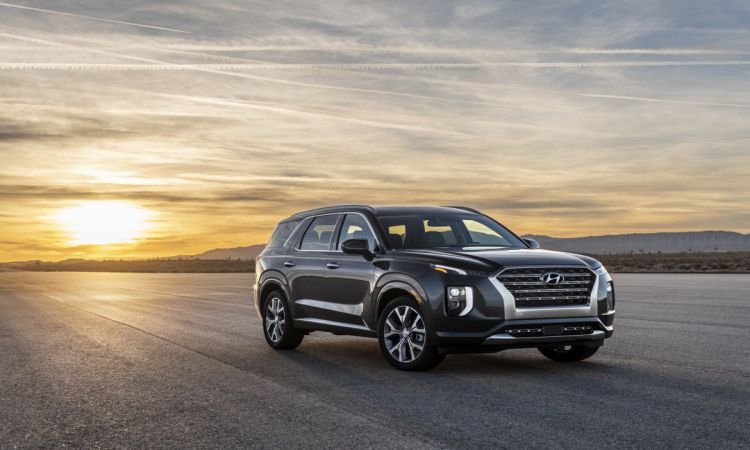 In today’s dynamic and ever-evolving world, where attention spans are shorter than ever, a mere glance at a logo can trigger a wave of emotions, memories, and associations. It’s fascinating how certain symbols have managed to etch themselves so deeply into our collective consciousness. Among these symbols, car logos stand tall as some of the most recognizable and iconic representations across the globe. Brands like BMW and Ferrari have not only stamped their authority on the automobile industry but also embedded their logos into the cultural fabric. This article delves into the captivating history of the BMW logo, the allure of the Ferrari emblem, and why car brands reign supreme in terms of global recognition.
In today’s dynamic and ever-evolving world, where attention spans are shorter than ever, a mere glance at a logo can trigger a wave of emotions, memories, and associations. It’s fascinating how certain symbols have managed to etch themselves so deeply into our collective consciousness. Among these symbols, car logos stand tall as some of the most recognizable and iconic representations across the globe. Brands like BMW and Ferrari have not only stamped their authority on the automobile industry but also embedded their logos into the cultural fabric. This article delves into the captivating history of the BMW logo, the allure of the Ferrari emblem, and why car brands reign supreme in terms of global recognition.
Table of Contents
The Evolution of the BMW Logo: A Tale of Innovation and Identity
The BMW logo history is a journey through time, innovation, and brand identity. From its early days as an aircraft engine manufacturer to its current status as a luxury carmaker, BMW’s logo has undergone several transformations mirroring the brand’s evolution.
The iconic blue and white BMW logo, often referred to as the “roundel,” is a symbolic representation of a rotating aircraft propeller against a blue sky. This connection to the company’s aviation history not only pays homage to its roots but also reflects its commitment to progress and advancement. Over the years, the logo’s design has been refined, but the essence of innovation remains embedded within its circular embrace.
Ferrari Logo: Where Passion and Excellence Converge
In stark contrast to BMW’s logo evolution, the Ferrari logo has remained relatively consistent, much like the brand’s unwavering commitment to excellence and passion for performance. The prancing horse, set against a bold yellow background, exudes power and elegance.
The story behind the Ferrari logo dates back to World War I, when the father of one of the brand’s founders, Enzo Ferrari, painted a prancing horse on his fighter plane. This symbol of courage and strength became the perfect representation for Ferrari’s cars, which have become synonymous with speed, luxury, and performance.
The Emblematic Power of Car Brands: A Global Phenomenon
Car brands’ logos have transcended their initial purpose as mere corporate symbols. They’ve become cultural touchstones that evoke a sense of identity, aspiration, and sometimes even nostalgia. The global recognition of these logos is a result of strategic branding, relentless innovation, and a deep understanding of human psychology.
When we see a BMW logo on a car zooming down the highway, we don’t just see a car – we see engineering marvel, luxury, and a certain social status. Similarly, the Ferrari logo doesn’t just represent a vehicle; it embodies a dream, a fantasy of speed and elegance.
Conclusion: Beyond Metal and Engines
In conclusion, car brands like BMW and Ferrari have masterfully transformed their logos into symbols that transcend the boundaries of the automobile industry. These logos have become icons representing a lifestyle, an aspiration, and an essence that connects with people on a deeply emotional level. The BMW logo’s evolution reflects innovation, while the Ferrari emblem encapsulates a legacy of passion and performance.
In a world where attention is a prized possession, car logos have conquered the art of making a lasting impression. As time moves forward and the automobile industry continues to evolve, these logos will stand as testaments to the power of branding and the universal language of design that goes beyond words, cultures, and continents.






